Punch-ups, Masons & Al Capone – It could only be Celtic’s American tour of 1931
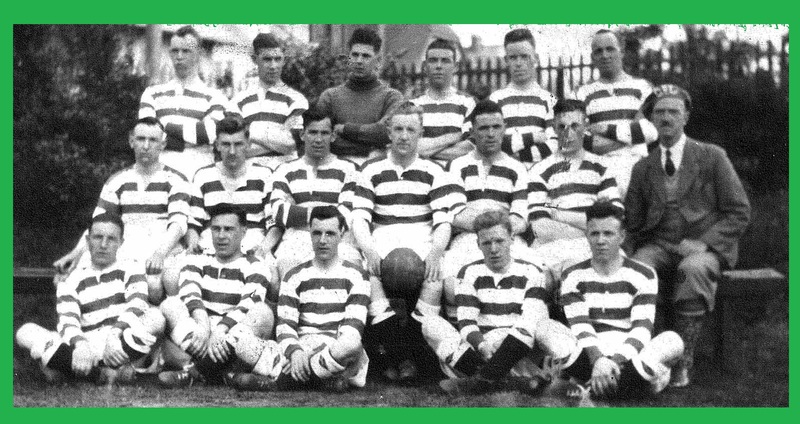
The following day, Sunday, 14 June 1931, an unchanged Celtic team was back at the Polo Grounds in New York City – scene of their victory over the New York Giants in late May – for a clash with Hakoah All-Stars. Celtic’s latest opposition had been established the previous year as a merger of two clubs playing in rival competitions, the ASL’s Brooklyn Hakoah and New York Hakoah from the Eastern Soccer League.
There would be at least one familiar face in the hosts line-up, Englishman George Moorhouse having played against Celts for the New York Yankees in their 4-3 win in Boston two weeks earlier. New York-born wing-half Philip Slone became the latest member of the USA’s 1930 World Cup squad to face Celtic, albeit his solitary international cap came against Brazil in a friendly played after that tournament.
The bulk of the All-Stars team were from Eastern Europe, many of them internationalists who had played at one time for Austrian club Hakoah Vienna, an all-Jewish outfit who had toured the USA in 1926 and 1927. Wing-half Pavel Mahrer was a Czech internationalist whilst inside-forward Moritz Hausler had represented Austria on seven occasions and his countryman Siggy Wortmann is viewed as one of the country’s greatest footballers.
Despite hopes that he would arrive from Montreal in time there was no sign of Erno Schwarz, but the Hungarian contingent included former Ujpest defender Laszlo Sternberg, who would captain his country in the 1934 World Cup finals, centre-forward Rudolph Nickolsburger, who had played club football in four European countries and centre-half Bela Guttman, a title-winner in both Hungary and Austria before he embarked upon a successful playing career across the Atlantic.
Having just about lost everything following the Wall Street Crash of 1929, Guttman would go on to become one of the all-time great managers, winning national titles in Hungary with Ujpest and Honved, in Portugal with Porto and Benfica, and in Uruguay with Penarol. He would also win two European Cups whilst in Lisbon, becoming the first coach to break Real Madrid’s five-year stranglehold on the tournament. Two play-off goals from Santos star Pele then denied him the chance to add the South American version – the Copa Libertadores – with Penarol in 1962.
The Celtic and Hakoah teams had been guests at a pre-match banquet hosted by New York City Mayor Jimmy Walker in midweek, however events on the pitch were anything but cordial, the sides finishing the match with nine players apiece. Charlie Napier and Peter Scarff were dismissed, as were Hungarians Guttman and Nikolsburger in a brawl of a game. Nickolsburger had given Hakoah the lead on the half-hour with Napier equalising after the break as the match ended in an unpleasant 1-1 draw in Upper Manhattan in front of 20,000 spectators.

From New York, the Celtic party headed to Chicago the following weekend for a match against the exotically named Bricklayers & Masons, no punchlines please! The Windy City had rarely been out of the headlines in recent years, primarily due to ongoing feuds involving Italian and Irish syndicates fighting for supremacy in the bootlegging business in Prohibition America.
By far the most notorious of the crime figures involved was Al Capone, whose Robin Hood-like popularity had waned in the aftermath of the St Valentine’s Day massacre in the city in 1929. Capone had pled guilty to tax evasion and prohibition violations in Chicago that very week and his subsequent 11-year sentence would effectively mark the end of his reign of terror.
In terms of the football, having played at Boston’s Fenway Park, Celtic would now appear at another iconic baseball stadium, Wrigley Field, home of the Chicago Cubs, on Sunday, 21 June 1931. This would mark a first appearance in Hoops for Ayrshire-born winger Joe McGhee, who partnered Charlie Napier on the left flank with Willie Hughes moving into the centre and Peter Scarff stepping back to left-half to replace Bobby Whitelaw.
The Bricklayers had been runner’s up to Fall River Marksmen in the National Challenge Cup in April 1931 and they also had a number of ex-patriot players from the UK within their ranks, most notably their winger ‘Wee Willie’ McLean. Born in Clydebank in 1904, McLean narrowly missed out on selection for the USA World Cup squad in 1930 but would play his part in the tournament held in Italy four years later.
By that time, he was playing his club football in St Louis, but his life would take a turn for the worse when he collapsed during a League game in 1936. Having spent the best part of a year in a Missouri sanatorium, Willie returned to Chicago, but he disappeared without trace in the summer of 1938 and was never seen again.
Celtic took command of the match from the outset, Bertie Thomson then Peter Wilson giving them a 2-0 lead within eight minutes and Charlie Napier adding a third from the penalty spot before the break. The sides then traded goals in the second half, Willie Hughes, Wilson again and a debut strike for Joe McGhee taking the final tally to 6-3 in the Hoops favour.
Hail Hail,
Matt Corr
Follow Matt on Twitter @Boola_vogue

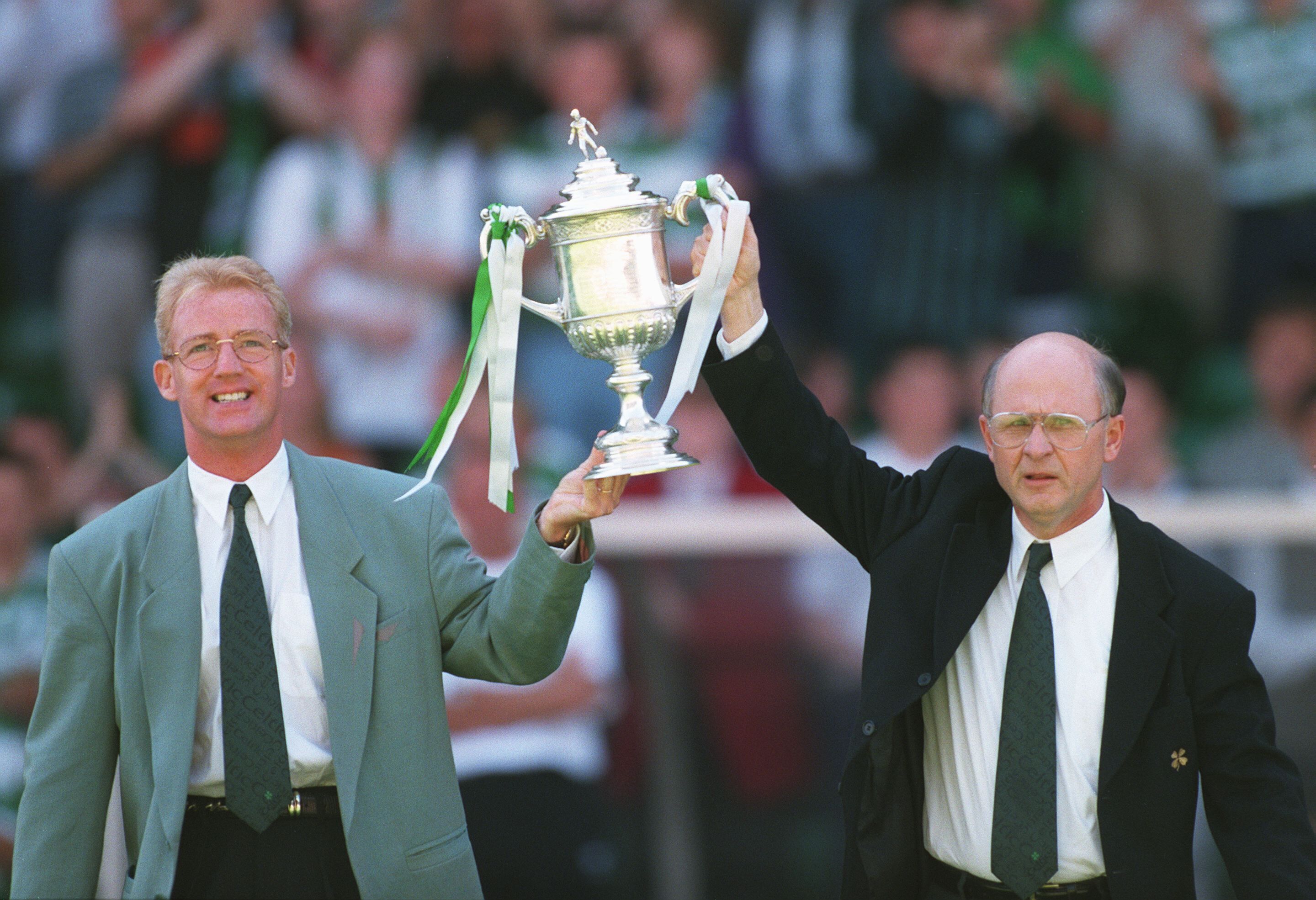
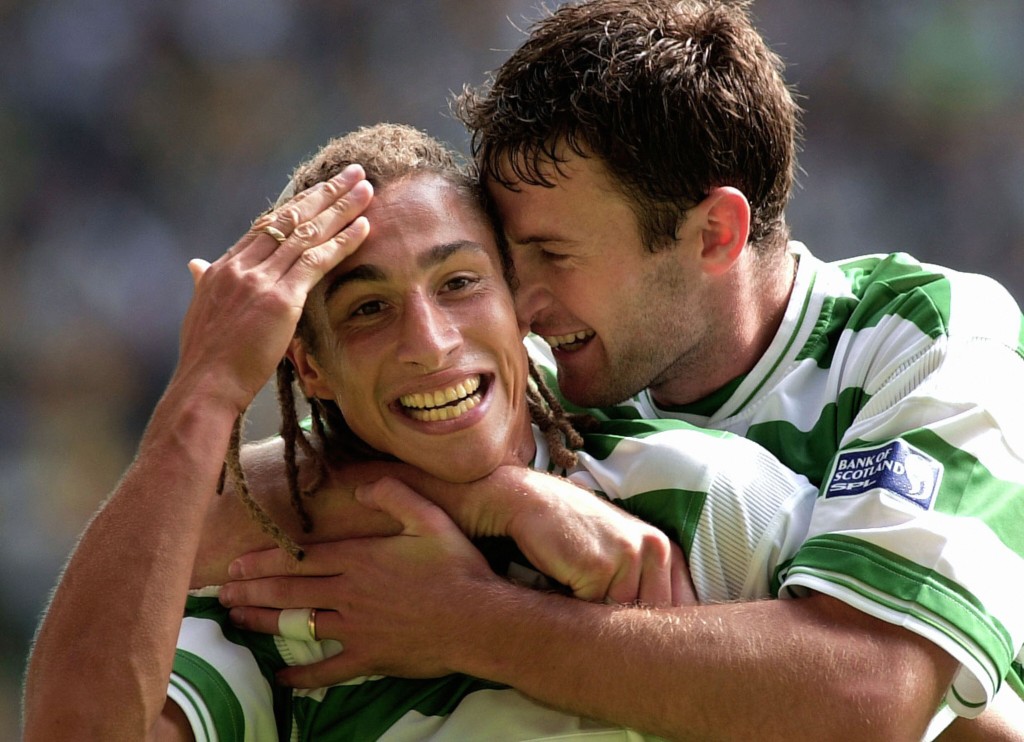
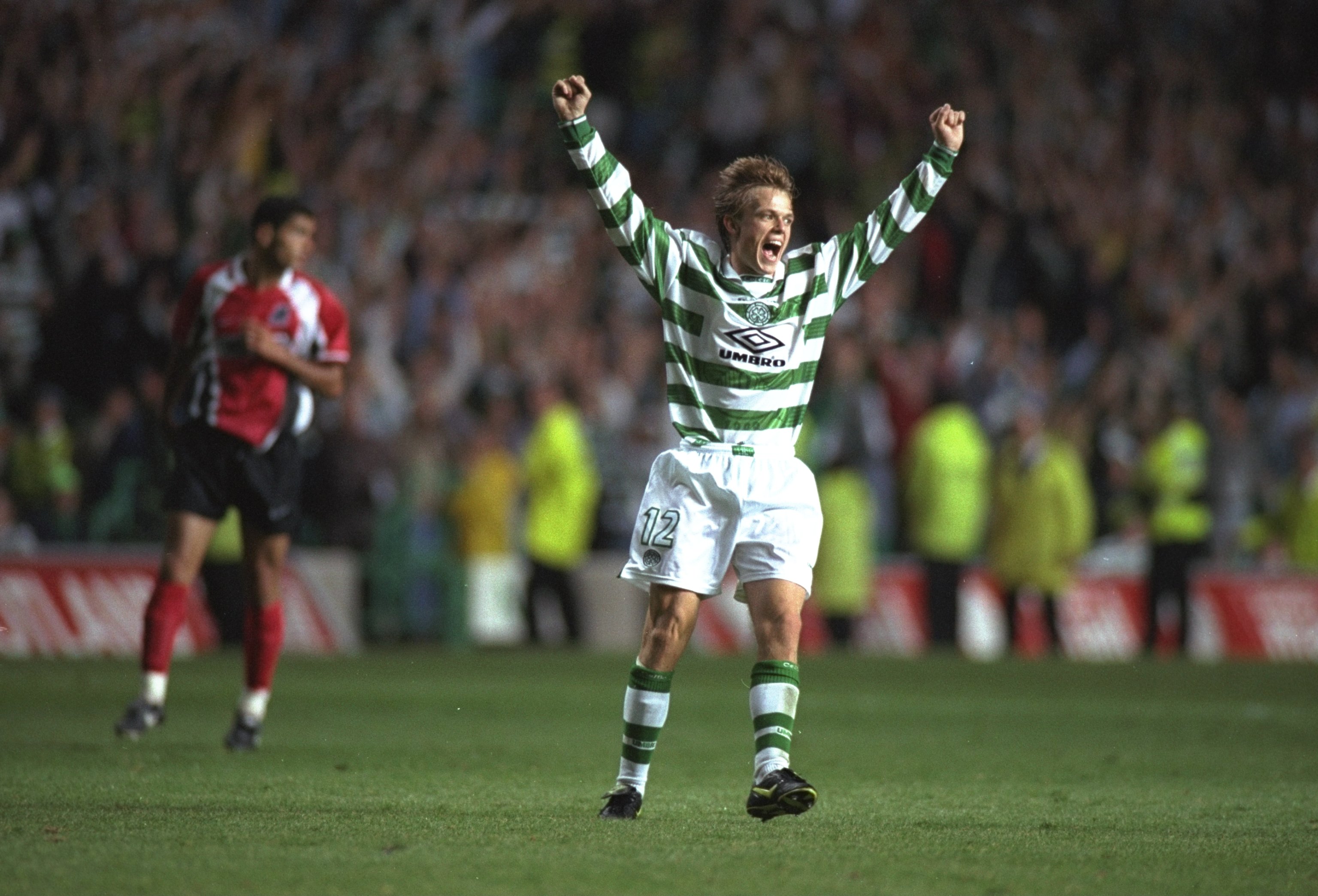

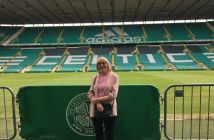

My grandfather was part of the crowd who gathered at the dockside to wish Celtic well as they left to go on this tour.
There is a wonderful photograph of him with the team resplendent in plus fours and bunnets emblazoned CFC.